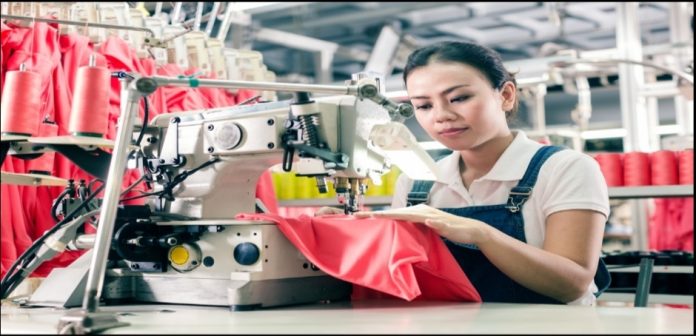Production planning and control in apparel industry is a department which fixes PCD (Planned Cut Date) ,allocates the style to a sewing line and controls the processes such that the deliveries are met on time.
PCD stands for Planned cut date which means the date on which a garment factory will start cutting an order. Fixing PCD is the main function of planning department as this is the starting of production process. If the start of production is correctly planned shipment will be correctly planned as well
As the name suggests there are two functions of this department
- Planning
- Control
Understanding Production Planning and Control
Production planning and control (PPC) is the process of managing and optimizing the production process. PPC involves planning, scheduling, and controlling the flow of materials and resources to ensure that the production process is efficient and cost-effective. The goal of PPC is to produce high-quality products in a timely and cost-effective manner while minimizing waste and reducing production time.
Types of Production Planning and Control:
- Material Requirement Planning (MRP):
Material Requirement Planning (MRP) is a system that helps textile manufacturers to plan and control the materials needed for production. It involves forecasting the demand for raw materials, scheduling their delivery, and monitoring their usage. MRP helps to ensure that the right materials are available at the right time, in the right quantity, and at the right cost.
- Capacity Planning:
Capacity planning is the process of determining the production capacity needed to meet the demand for textile products. It involves analyzing the available resources, such as machinery, labor, and space, and determining the optimal utilization of these resources. Capacity planning helps to ensure that production runs smoothly and efficiently, without any bottlenecks or delays.
- Production Scheduling:
Production scheduling is the process of determining the sequence and timing of production activities. It involves creating a detailed plan for each production process, including the start and end times, the resources needed, and the expected output. Production scheduling helps to ensure that production runs smoothly and efficiently, without any delays or interruptions.
- Quality Control:
Quality control is the process of ensuring that textile products meet the required quality standards. It involves monitoring the production process, inspecting the finished products, and identifying any defects or issues. Quality control helps to ensure that the final products are of high quality and meet the expectations of customers.
Factors to Consider in Production Planning:
Customer demand: The production plan must take into account customer demand to ensure that production meets customer requirements.
Production capacity: The production plan must consider production capacity to ensure that production can be completed within the available resources.
Available resources: The production plan must take into account the availability of resources such as labor, raw materials, and equipment.
Importance of Production Planning and Control in Garment Industry:
Production planning and control is a vital part of the garment industry. Accuracy in planning equates to timely shipment of orders, better utilization of operators and guarantees that proper supplies and machineries are available for each style and order. It includes every process from scheduling of each and every task in the particular process to dispatch of the garment.
Production planning and control is important for the following reasons
- For Increasing Production: Main purpose of production planning is to arrange inputs. Production control programme minimizes idleness of men and machines. It thus helps in raising industrial output.
For coordinating plant activity: In planning production is carried out in a number of processes and thus activities are synchronized for smooth working.
Written by –
Tanjila Asad Keya
Ahsanullah University of Science and Technology,
3rd year, 2nd semester.


